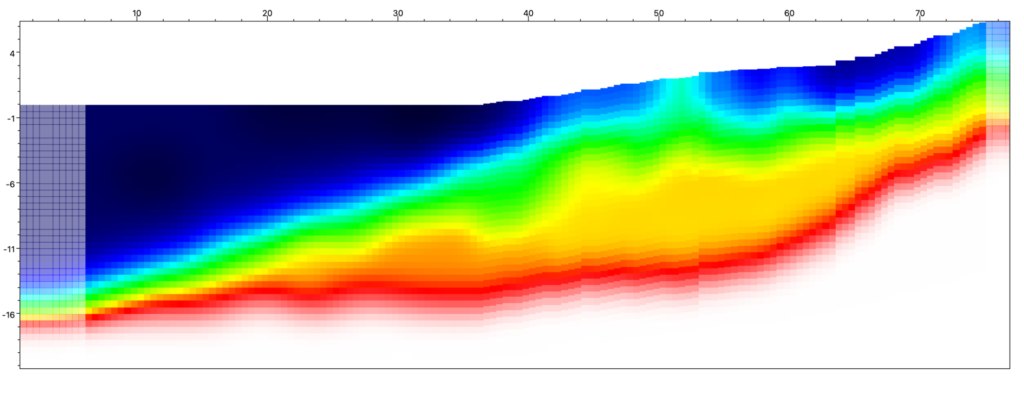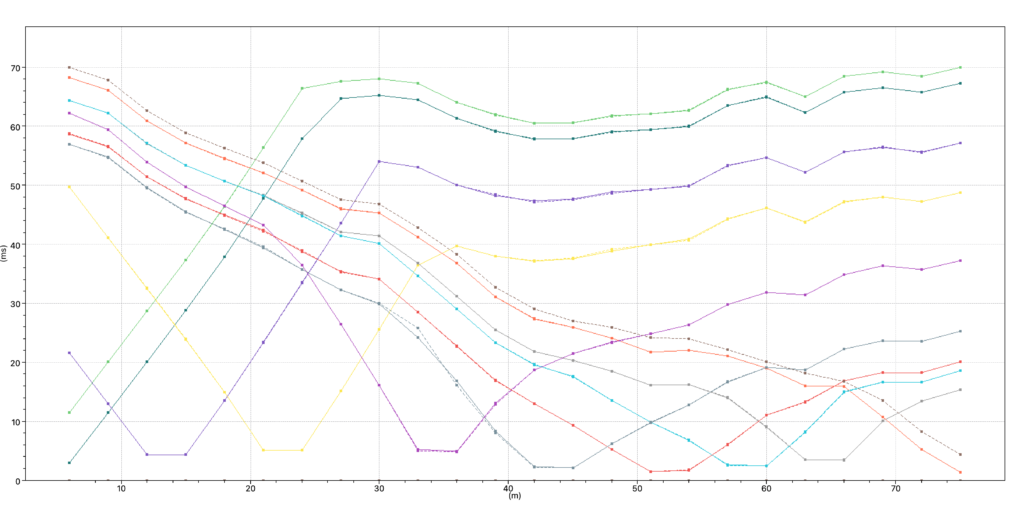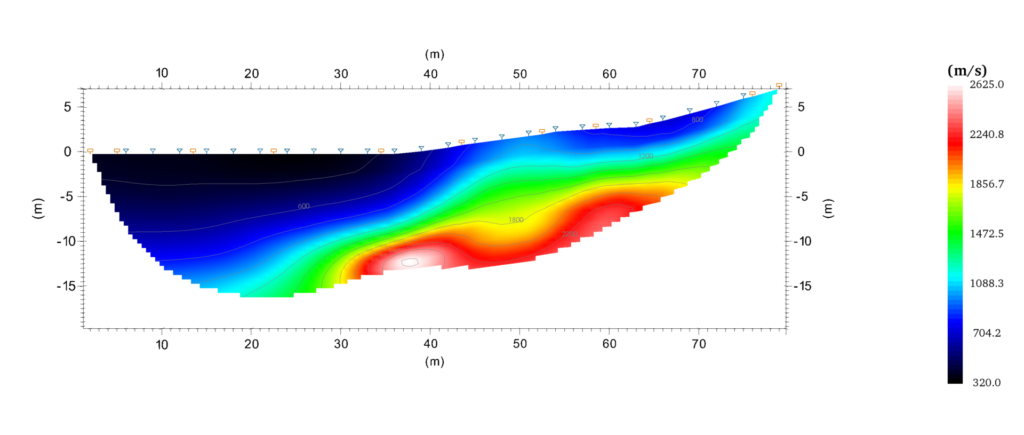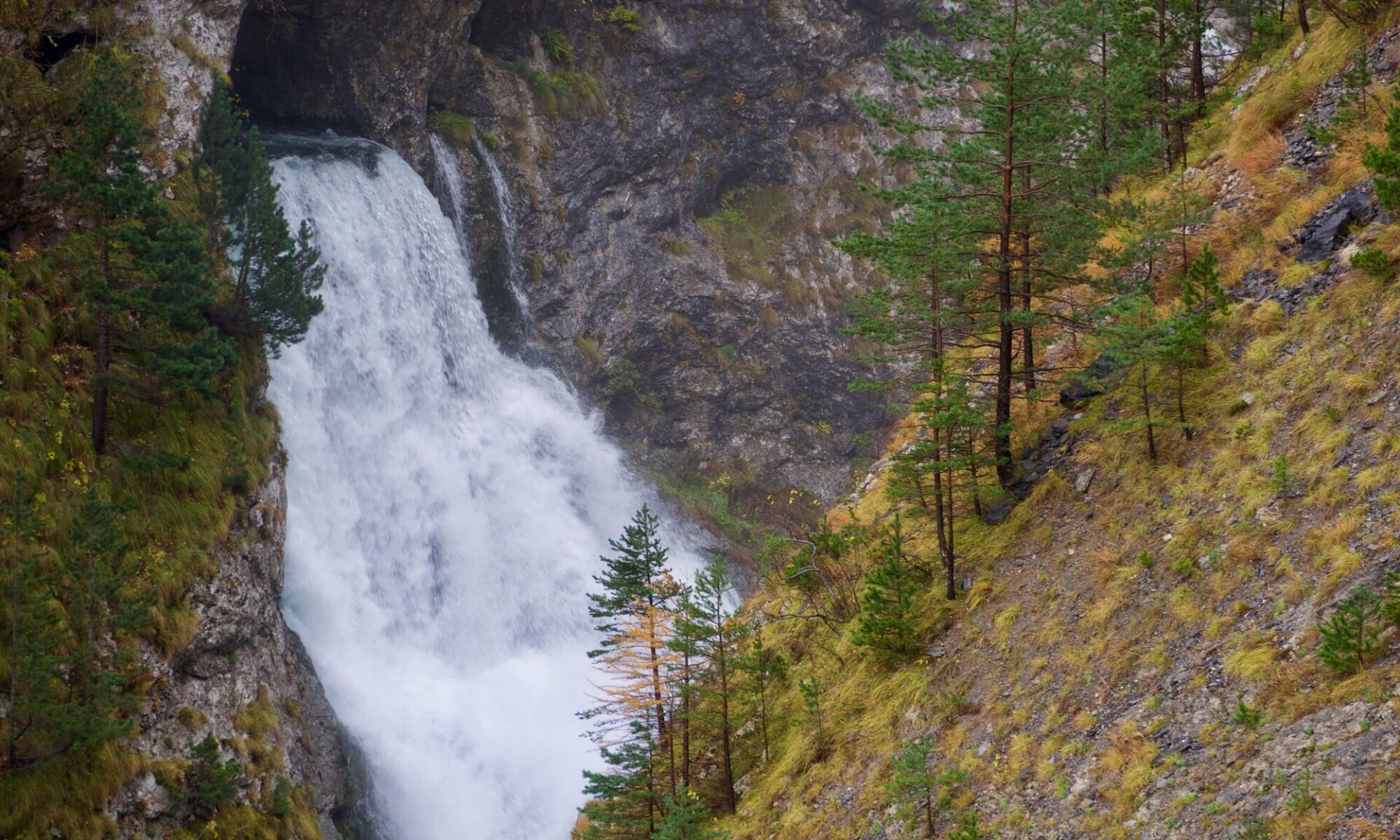
Introduction
SmartTomo’s ability to process complex refraction tomographic profiles is tested using data computed on synthetic velocity models. The synthetic velocity model represents a geologic model sketched with the characteristics to be tested. The synthetic model is used to simulate a refraction seismic acquisition by recording arrival times at the geophone location. The recorded data will be used to perform tomographic processing in order to compare the tomographic result with the synthetic geological model (groundtruth).
Tomographic processing
The synthetic geological model has been designed to represent the situation in which a slope with debris cover of limited thickness ends in a valley characterized by deposits that increase in thickness moving away from the slope.
The dromocrons highlight well the anisotropy showing markedly different gradients between the energizations from the left and those from the right showing the difference in thickness of the debris cover.

The tomographic profile (below) calculated using the software smartTomo allows to highlight well the morphology of the structures of the subsurface designed in the synthetic model (image above)


